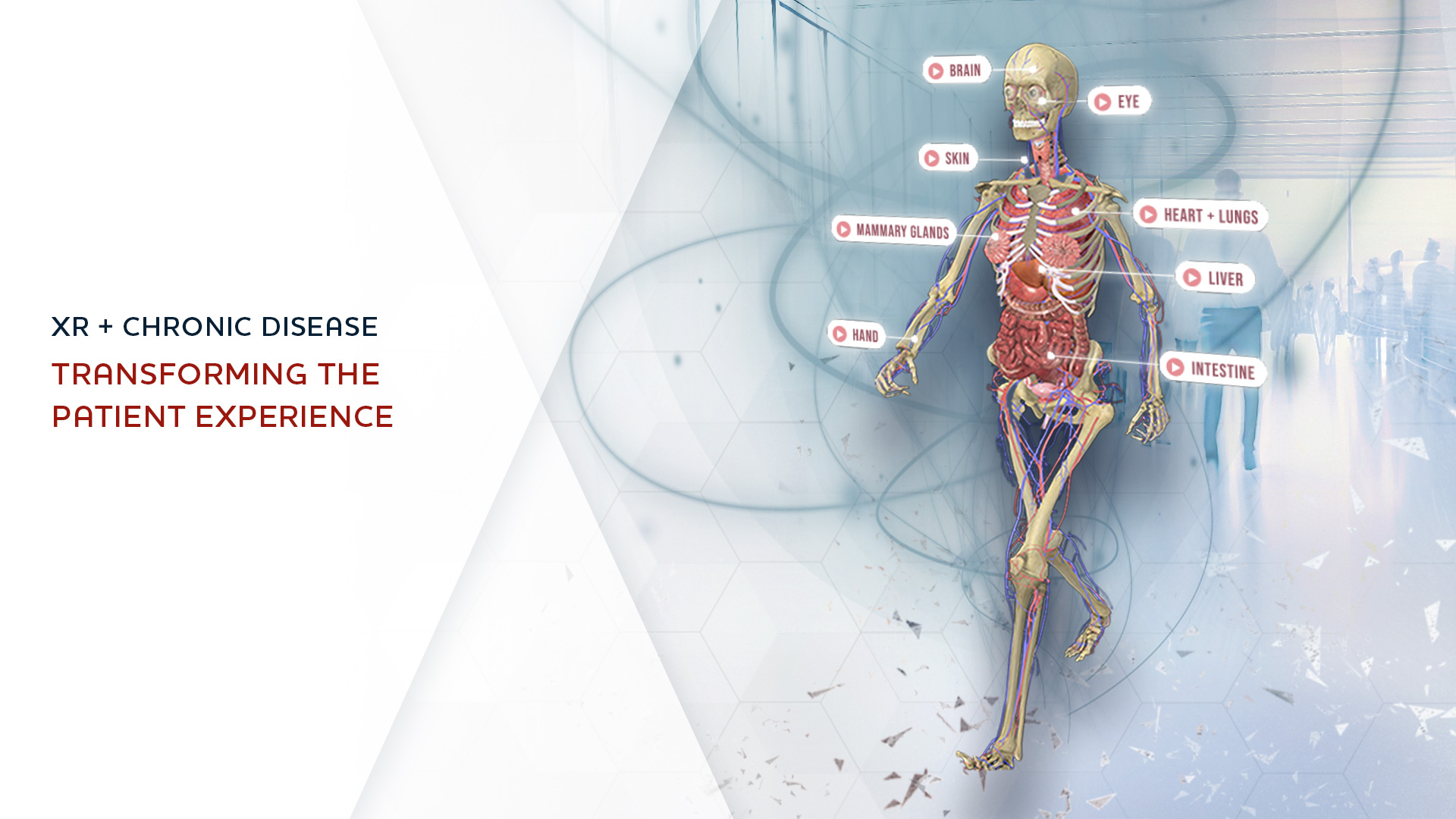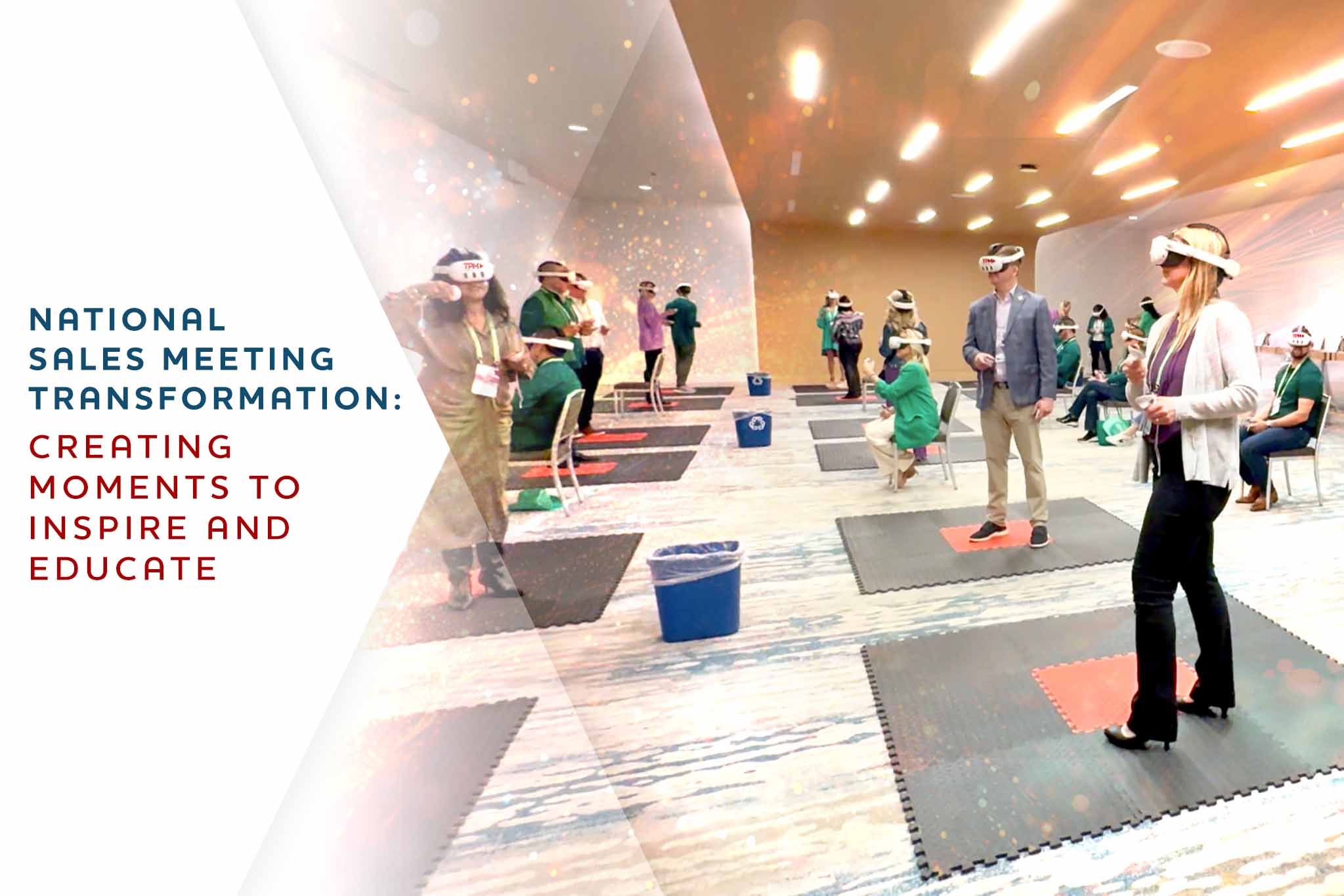Navigating the complexities of chronic disease management is a critical concern for healthcare providers and patients alike, aiming to improve quality of life through innovative strategies. Enter Extended Reality (XR) – a transformative domain within immersive technologies, including virtual reality (VR), that is reshaping the frontiers of healthcare. Chronic Disease Management with XR represents a pioneering approach, blending the latest in technological advancement with patient care. By leveraging XR, healthcare professionals are offering an unprecedented level of support, aimed directly at enhancing patient outcomes and experiences. This fusion of medical technology and healthcare not only promises to elevate the standard of patient care but also to revolutionize the very mechanisms by which chronic diseases are managed.
In this article, you’ll be immersed in the exploration of XR technology and its application in chronic disease management, understanding how it contributes substantially to the betterment of patient lives. We will delve into the innovative uses of extended reality in healthcare, spotlighting how virtual reality (VR) and other immersive technologies are paving the way for enhanced patient experiences. Feedback from those at the heart of this digital transformation will be examined, providing insights into the real-world impact of XR on individuals managing chronic conditions. Additionally, we’ll navigate through the opportunities that lie ahead in integrating these metaverse technologies into mainstream healthcare practices. Throughout, the focus will remain on how Chronic Disease management with XR is setting new benchmarks for quality of life and healthcare delivery.
Introduction to XR Technology and Chronic Diseases
Basic Concepts and Definitions
Extended Reality (XR) is an umbrella term that encompasses various forms of immersive technologies, including virtual reality (VR), augmented reality (AR), and mixed reality (MR). These technologies create or enhance digital environments to interact with them in a way that mimics real-world experiences. VR immerses you completely in a digital environment, AR overlays digital information onto the physical world, and MR blends digital and physical elements interactively in real-time. XR in medical terms refers to the application of these immersive technologies in the healthcare sector to improve patient care, medical education, and health outcomes.
Overview of Chronic Diseases
Chronic diseases, as defined by the World Health Organization, are long-lasting conditions with persistent effects. Their common types include cardiovascular diseases, cancers, chronic respiratory diseases, and diabetes. These diseases are the leading cause of mortality globally, accounting for over 60% of all deaths annually. Chronic diseases not only impact longevity but also significantly deteriorate the quality of life. Addressing health equity is crucial in chronic disease management, as social determinants of health can greatly influence an individual’s risk and outcomes.
Chronic Disease Management (CDM) is crucial yet challenging due to factors like fragmented healthcare systems, lack of integrated information, and limited access to specialized care services. Effective management strategies are essential to alleviate the symptoms of chronic diseases and improve healthcare outcomes of affected individuals.
By integrating XR technologies into chronic disease management, healthcare providers can offer innovative solutions that enhance patient engagement and treatment efficacy. For instance, VR therapies have been effectively used in pain management, mental health treatment, and physical rehabilitation. These applications demonstrate the potential of XR to transform traditional healthcare approaches by providing immersive, interactive, and personalized care experiences.
XR Applications in Chronic Disease Management
Pain Management
In the realm of chronic disease management, XR technologies, particularly virtual reality (VR), have been revolutionary in pain management. By immersing you in a virtual environment, VR distracts your brain from pain signals, offering a novel way to alleviate chronic pain without relying heavily on pharmaceuticals. This approach has been particularly effective for patients suffering from conditions like fibromyalgia and arthritis, where pain is a predominant symptom that affects daily functioning. VR-based non-pharmacological interventions for pain management showcase the benefits of extended reality in healthcare.
Rehabilitation Therapy
Rehabilitation therapy through XR applications extends beyond traditional physical therapy by incorporating interactive and engaging elements that can motivate you to complete your therapy sessions. For instance, using VR in stroke rehabilitation allows you to engage in virtual tasks that simulate real-life activities. This not only helps in improving motor skills but also enhances cognitive recovery. The immersive nature of XR ensures that you remain engaged and committed to your rehabilitation process, potentially speeding up recovery times. Extended reality solutions in surgical science and rehabilitation demonstrate the transformative potential of XR medical applications.
By leveraging XR in these applications, healthcare providers are able to deliver more personalized and effective treatment plans that cater directly to the specific needs and conditions of their patients. This patient-centered design approach not only improves the efficiency of treatments but also significantly enhances your quality of life as you manage your chronic condition.
Patient Experience and Feedback
Patient Satisfaction Rates
In the evaluation of XR applications within chronic disease management, patient satisfaction emerges as a crucial metric. A significant 83.7% of chronic disease patients expressed satisfaction with the care received, highlighting the effectiveness of immersive technologies in enhancing treatment experiences. Older patients, specifically those aged over 51 years, reported a higher satisfaction rate, with increased odds of 3.18 of being satisfied compared to younger counterparts. Frequent clinic visits also correlated positively with patient satisfaction, with those visiting at least six times showing 51% increased odds of satisfaction. These statistics not only underscore the acceptance of XR technologies but also suggest a potential age-related disparity in patient engagement that warrants further exploration. Addressing such disparities is crucial for promoting health equity in the adoption of extended medical technologies.
Specific Benefits Noted by Patients
Patients utilizing XR for chronic disease management have noted several specific benefits that contribute to their overall positive feedback. In immersive VR settings, 94% of patients felt more at ease during medical procedures, and 80% reported experiencing less physical pain. This significant reduction in anxiety and discomfort highlights XR’s role in improving patient tolerance towards medical interventions. Furthermore, XR applications have been instrumental in fostering a sense of community among patients. Virtual support groups enable individuals with similar conditions to connect, share experiences, and offer mutual support, thereby enhancing the psychological well-being of participants.
Moreover, the use of XR for patient education allows individuals to visually and interactively understand their medical conditions and treatment procedures. This has led to better communication with healthcare providers and more informed decision-making, ultimately fostering a collaborative care environment. The educational aspect is particularly noted for its ability to demystify medical information, making it accessible and comprehensible for patients, thereby increasing their engagement and motivation in managing their health. XR-based medical education and patient empowerment initiatives showcase how digital health technologies can contribute to improved healthcare outcomes and experiences.
These insights from patient feedback not only validate the efficacy of XR technologies in chronic disease management but also illuminate areas for further enhancement to tailor these innovative solutions to meet diverse patient needs more effectively.
Future Opportunities in XR
The future of XR in healthcare holds remarkable potential. Institutions like Northeastern University are at the forefront, utilizing XR to enhance understanding of human physiology, behavior, and cognition. These advancements pave the way for more accurate health assessments and effective interventions, especially in remote and rural areas, thus increasing healthcare accessibility. The integration of XR with telemedicine and remote patient monitoring systems can help address clinical workforce shortages and promote health equity by extending care to underserved populations.
XR’s ability to simulate complex patient experiences, such as rheumatoid arthritis and color blindness, offers a unique avenue for enhancing empathetic understanding among healthcare providers and the general public. Such simulations can improve patient care and foster more inclusive environments. Moreover, XR can be leveraged to create immersive training simulations for healthcare professionals, enabling them to practice complex surgical procedures and hone their skills in a risk-free environment.
The ongoing development of XR technologies promises to revolutionize patient education by creating immersive environments where patients can learn about their conditions and treatment options interactively. This not only aids in reducing anxiety but also promotes better adherence to treatment plans. XR-based interventions can also be tailored to address specific mental health concerns, such as PTSD, phobias, and anxiety management, offering novel therapeutic approaches.
As XR technology continues to evolve, coupled with advancements in artificial intelligence, the healthcare sector is poised for a transformation that will make medical care more personalized, accessible, and effective. The integration of XR with other emerging technologies, such as 3D visualization and medical imaging, can further enhance diagnostic accuracy and treatment planning. Additionally, the application of XR in gerontechnology can help address the unique healthcare needs of the aging population, promoting independence and quality of life.
Conclusion
Through the exploration of Extended Reality (XR) applications in chronic disease management, it becomes evident that this technological advancement offers significant promise in enhancing patient care and experiences. The core discussions on leveraging VR for pain management, rehabilitation therapy, and improving patient satisfaction underscore the transformative potential of XR in making healthcare more interactive, personalized, and efficient. The benefits highlighted by patients, including reduced anxiety during procedures and an enhanced sense of community through virtual support groups, further validate the effectiveness of XR technologies in elevating the standard of patient care and engagement.
Looking forward, the opportunities for future advancements in XR technology shine a hopeful light on its potential to further revolutionize healthcare. By fostering better educational strategies for patients, enhancing empathetic understanding among providers, and driving the development of more immersive treatment options, XR stands as a beacon of innovation in chronic disease management. As we continue to harness the power of XR, its role in transforming healthcare delivery for chronic condition management becomes increasingly critical, promising a future where technology and healthcare seamlessly merge to improve the lives of patients around the globe.



